Deer Disease Blue Tongue
Deer disease blue tongue. Epizootic hemorrhagic disease EHD is a disease caused by viruses in the genus orbivirus. The erratic movements caused by the foot lesions have led bluetongue to be known as the dancing disease Both diseases are spread to animals. Blue Tongue Virus is a found primarily in white-tail deer but can also be found in other species as well.
The Effects of Bluetounge Disease On Whitetail Deer - YouTube Michael Waddell presents footage of the devastation that bluetongue disease had at Milk River Montana in 2012 and experts from the. This disease can be fatal to humans but is more of just a nuisance to the animal. Lameness due to coronitis or pododermatitis and myositis Torticolis in severe cases Abortion or birth of malformed lambs Complications of pneumonia Emaciation.
The disease is non-contagious and is only transmitted by insect vectors especially during periods of drought. Many people confuse the two. It has been confirmed in at least 15 states this year including Michigan Iowa Illinois and Indiana.
Signs of active disease in deer are variable but can include depression fever irregular breathing and swelling in the head neck andor tongue. EHD and a related. Hemorrhagic disease is a viral disease caused by either the epizootic hemorrhagic disease virus or the bluetongue virus.
Later cyanotic and protrude from the mouth Extension of hyperaemia to coronary band of the hoof the groin axilla and perineum. BTV by itself is not harmful to humans. The two most significant diseases affecting whitetails today are hemorrhagic disease EHD and bluetongue and chronic wasting disease CWD.
The disease may be mild in deer and they may not show any outward signs. The disease is caused by either bluetongue virus BTV or epizootic hemorrhagic disease virus EHDV. Epizootic Hemorrhagic Disease and Blue Tongue in Deer.
Both white-tailed deer and mule deer are susceptible to EHD but white-tailed deer seem to be more vulnerable. The disease is actually caused by.
Bluetongue restricts the blood supply to the tongue and lips turning them blue or even black and giving the disease its name.
Epizootic Hemorrhagic Disease and Blue Tongue in Deer. Lameness due to coronitis or pododermatitis and myositis Torticolis in severe cases Abortion or birth of malformed lambs Complications of pneumonia Emaciation. 10 Common Whitetail Deer Diseases That Are Plaguing Herds Nationwide Hemorrhagic Disease Blue Tongue BTV Deer Warts Parasitic Worms Brain Abscesses Chronic Wasting Disease CWD Arterial worms Mange Nasal Bots War Wounds. This disease can be fatal to humans but is more of just a nuisance to the animal. EHD and a related. Under field conditions the causative agent bluetongue virus BTV is typically transmitted by Culicoides spp. Heres a quick guide to the major differences between EHD and CWD. It has been confirmed in at least 15 states this year including Michigan Iowa Illinois and Indiana. Both white-tailed deer and mule deer are susceptible to EHD but white-tailed deer seem to be more vulnerable.
These viruses are closely related but genetically distinct. Signs of active disease in deer are variable but can include depression fever irregular breathing and swelling in the head neck andor tongue. Epizootic hemorrhagic disease EHD is a disease caused by viruses in the genus orbivirus. Tongue may become hyperaemic and oedematous. Hemorrhagic disease HD is an acute infectious often fatal viral disease that affects white-tailed deer as well as other hoofed animals. The disease is actually caused by. Lameness due to coronitis or pododermatitis and myositis Torticolis in severe cases Abortion or birth of malformed lambs Complications of pneumonia Emaciation.
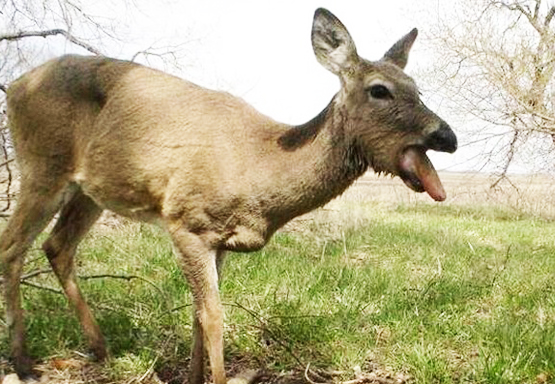


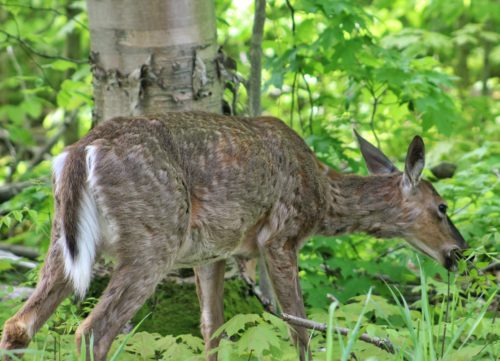

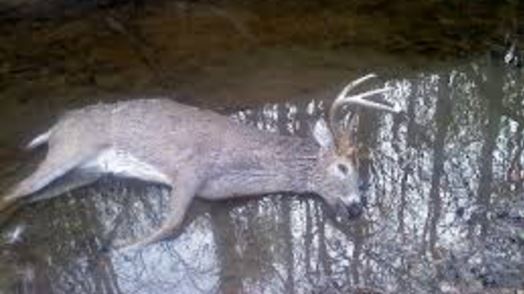

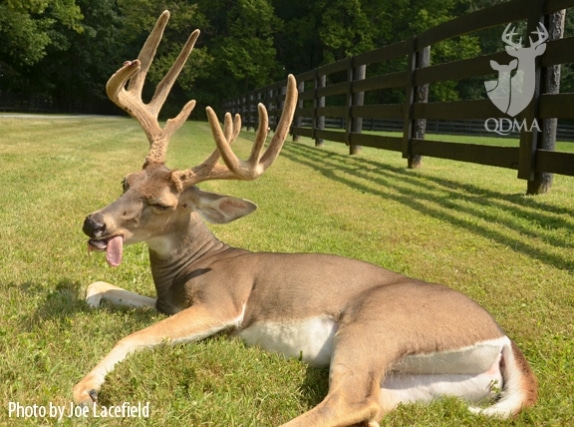


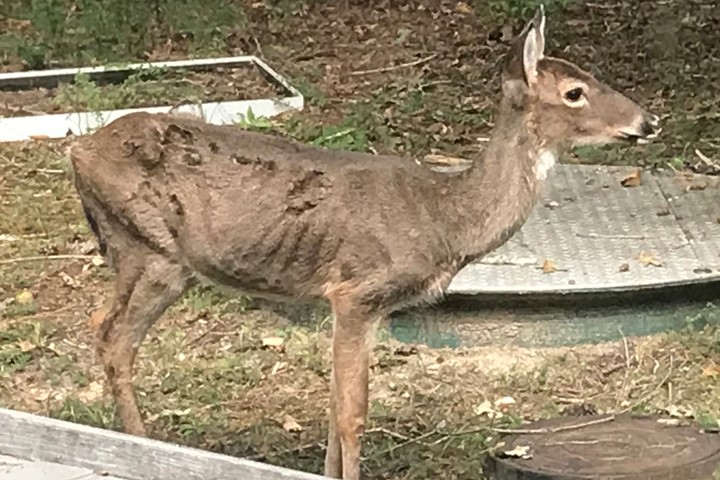


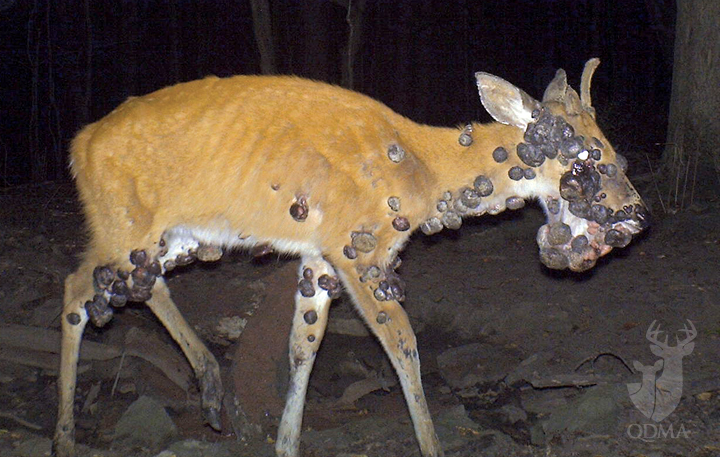
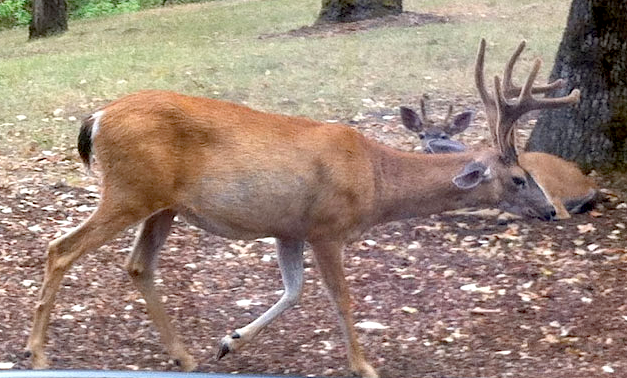


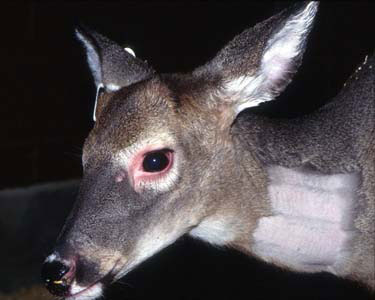





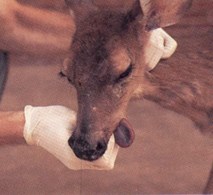








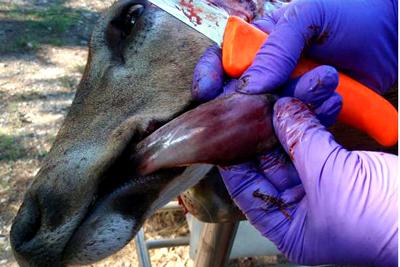

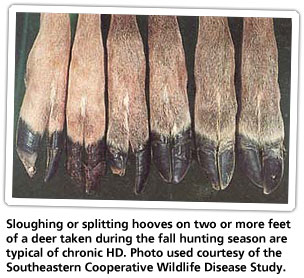


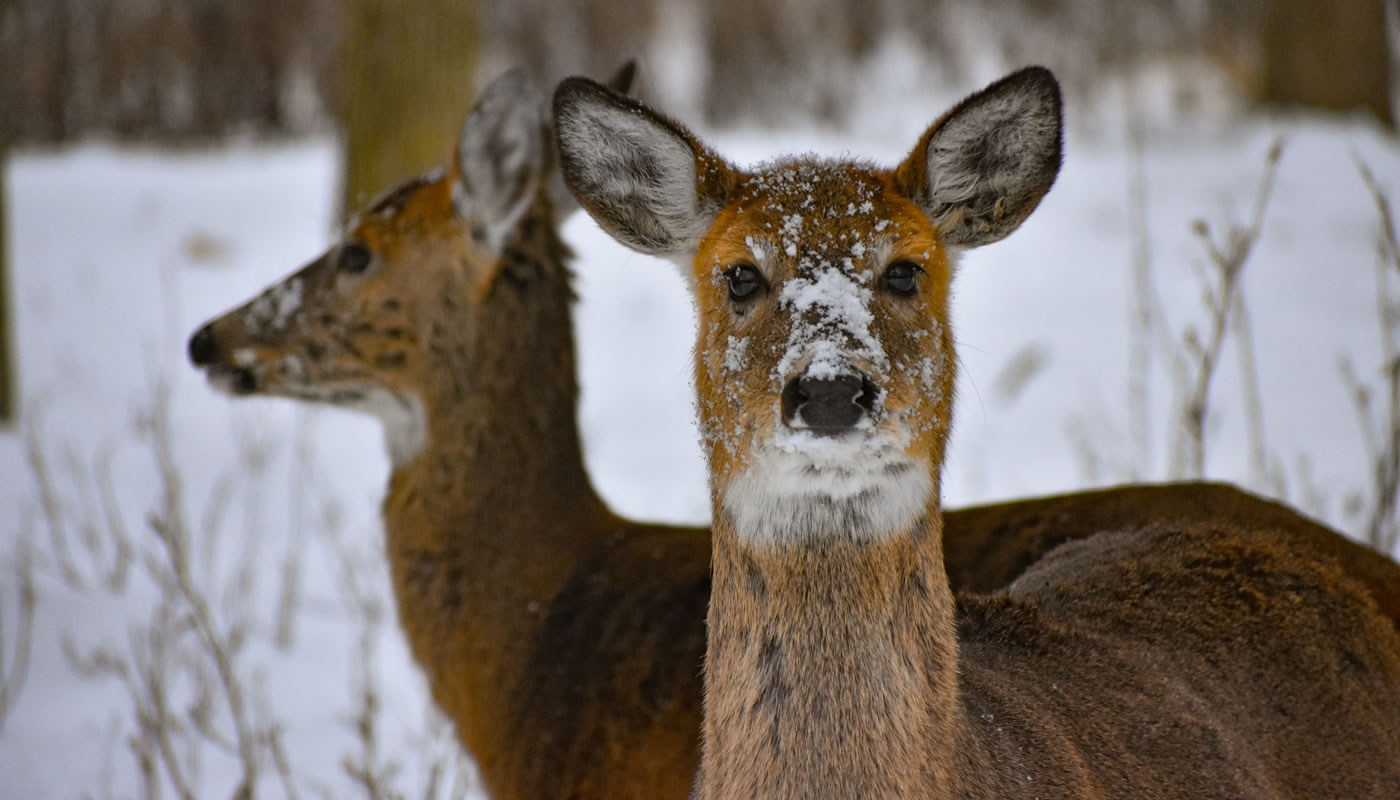


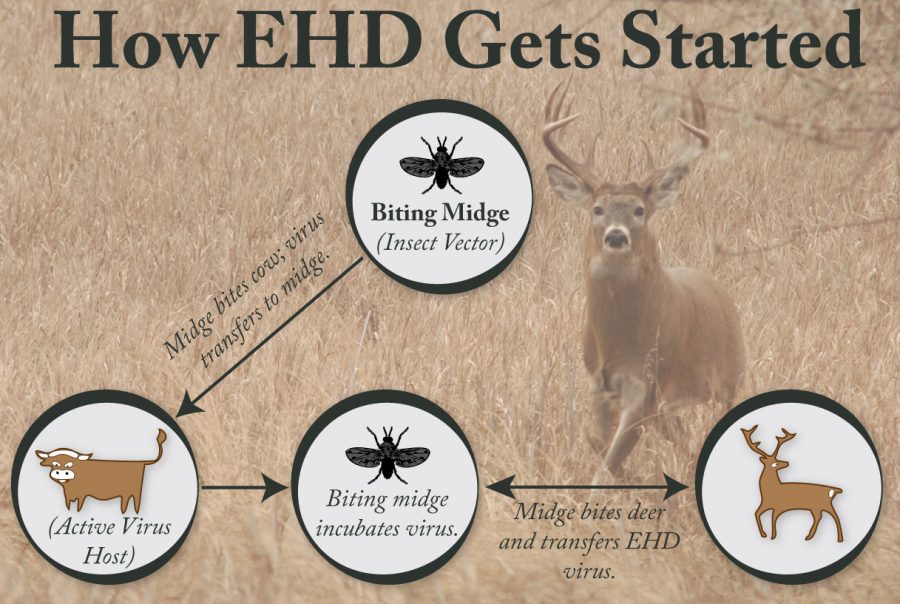
Post a Comment for "Deer Disease Blue Tongue"